STAND UP PADDLING
Flatwater to Surf and Rivers
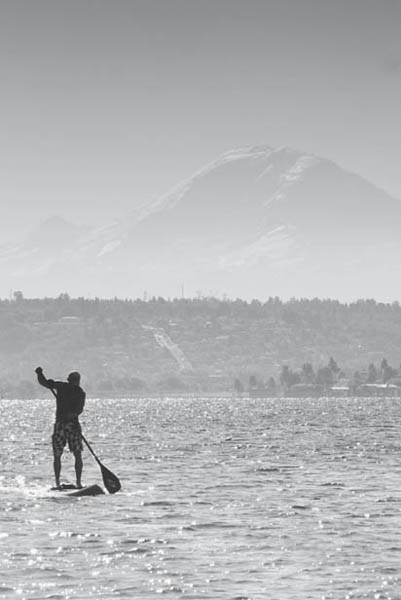
STAND UP PADDLING
Flatwater to Surf and Rivers
Rob Casey
Foreword by Dave Kalama


1001 SW Klickitat Way, Suite 201, Seattle, WA 98134
2011 by Rob Casey
All rights reserved
First edition, 2011
No part of this book may be reproduced in any form, or by any electronic, mechanical, or other means, without permission in writing from the publisher.
Distributed in the United Kingdom by Cordee, www.cordee.co.uk
Manufactured in the United States of America
Copy Editor: Colin Chisholm
Cover, book design, and layout: Peggy Egerdahl
Illustrator: Dennis Arneson
All photographs by author unless otherwise credited.
Photographs on pages 169179 and 182184 by Dan Gavare.
Cover photograph: Tyler Hesse paddling his SUP on Puget Sound off Alki Point Rob Casey.
Frontispiece: Paddler on Lake Washington during the 2009 Round the Rock SUP Race.
Illustration on page 92 adapted from Fundamentals of Kayak Navigation by David Burch, with permission of the author.
Library of Congress Cataloging-in-Publication Data
Casey, Rob.
Stand up paddling : flatwater to surf and rivers / by Rob Casey.1st ed.
p. cm.
Includes index.
ISBN 978-1-59485-253-4 (pbk.)ISBN 978-1-59485-325-8 (ebook)
1. Sea kayaking. 2. Surfing. I. Title.
GV788.5.C38 2011
797.1224dc22
2010036807
 Printed on recycled paper
Printed on recycled paper
ISBN (paperback): 978-1-59485-253-4
ISBN (e-book): 978-1-59485-325-8
CONTENTS

The author calls this research. (Photo by Christy Cox)
Preface
A few years ago I was paddling on Puget Sound near my home and saw my first stand up paddler. He seemed slow compared to my kayak, and it appeared to be a lot of work. That same year, after unsuccessfully trying a narrow, unstable stand up paddleboard (SUP) at a resort in Hawaii, I decided that the sport wasnt for me.
A year later, I noticed a second stand up paddler near my home. I decided to try a SUP again, but on a wider board, and this time I had a much better experience.
I had heard friends talk about the superior views from a SUP, and I began to see this for myself. Although I had sea kayaked for nearly a decade in this same part of Puget Sound, from my new higher perspective on the board I saw things I had never seen before. It was mesmerizing to paddle in 12 feet of clear water while watching the sandy bottom slowly drop into an abyss. The harbor seals that have followed me for years in my kayak could now be seen darting directly beneath my board. Another benefit was the ease with which I could slip off the board into the water to snorkel, or simply sit on the board with my feet in the water. I delighted in this newfound freedom.
Over time, I began to see other benefits as well, such as improved strength in my legs. I had heard of the benefits of stand up paddling to body core strength, and was now seeing results. My nagging lower back problem began to dissolve, and my balance and posture improved.
In time I learned to paddle my board so efficiently that I could keep up with my sea kayak friends while paddling our local waters, and I could surf with ease on the coast. I also felt closer to nature, with the water splashing up on my feet with every stroke. Although I still paddle my sea kayak sometimes, more often than not I prefer the SUP.
Meanwhile, the sport has grown leaps and bounds. There are now three stand up paddling magazines, professional stand up paddlers, dozens of companies building boards and paddles, and even a TV show focused on the sport. Stand up paddling is so versatile that people are using SUPs on rivers, in surf, on long expeditions, in races, for fishing, and simply paddling around their home waters. As more and more people recognize the joys of this unique sport, stand up paddleboards are bound to become a common sight on waterways around the world.
ECOLOGICAL AWARENESS
Stand up paddling, by its very nature, will bring you into intimate contact with the natural world. Youll be crossing beaches, skimming over the water, and, like it or not, falling in the water. Respect these environments in every way you can: tread lightly; pick up trash; carry out whatever you bring with you; and be sensitive to the needs of wildlife.
Do not harass sea life, and stay clear of larger marine mammals, such as whales. Our curiosity about such animals also endangers them. I once saw a large sailboat approaching within a foot of a buoy in order to give the passengers closer photographs of California sea lions resting on it. In another incident, I came across a child with a harbor seal pup in his arms, posing for his mothers photograph.
As stewards of the environment, it is our responsibility to take care of the places where we live and play. If you see any kind of toxic spill, such as oil, report it. Join local clubs or groups that work to maintain and preserve your beaches and waterways.
A NOTE ABOUT SAFETY
Safety is an important concern in all outdoor activities. No book can alert you to every hazard or anticipate the limitations of every reader. The descriptions of techniques and procedures in this book are intended to provide general information. This is not a complete text on stand up paddling technique. Nothing substitutes for formal instruction, routine practice, and plenty of experience. When you follow any of the procedures described here, you assume responsibility for your own safety. Use this book as a general guide to further information.
The Mountaineers Books
Acknowledgments
The following people and organizations were instrumental in helping me to write this book: Corran Addison, Imagine Surfboards; Patrick Aio; Elliott Almond; Candice Appleby; Bobby Arzadon, Perfect Wave Surf Shop; Bill Babcock; Brandi Baksic; John Beausang; Steve Boehne, Infinity Surfboards; David Burch, Starpath Publications; Fletcher Burton; Ken Campbell, Azimuth Expeditions; Krista Carlson; Dave Collins; Ken and Ellen DeBondt; Clay Feeter, Publisher, Stand Up Paddle Journal; Dan Gavere, professional stand up paddler; David Gimlett; Nikki Gregg, fitness professional; George and Barbara Gronseth, The Kayak Academy; Lars L.E. Hansen; Gregg Hoesterey; Ken Hoeve, Surftech; Dan Hogg; Reid Inouye, Publisher, Stand Up Paddle Magazine; Shawn Jennings; Dennis Judsen, Santa Cruz Surf Kayak Festival; David Kalama; Jennifer Kalmbach; Fox Lach, Managing Editor, Stand Up Paddle Magazine; Reg Lake; Paul Langer, Flow Paddleboards; Wade Lawson; Evan Lloyd, Tomahawk Boards; John Lull; Bob McDermott; William Mattos; Herbie and John Meyer, Northwest Outdoor Center, Seattle; Jim Miller, Werner Paddles; Andre Niemeyer; Chuck Patterson; David Schleifer; Vince Shay; Dave Shively, Jeff Moag, and Joe Carberry,
Next page
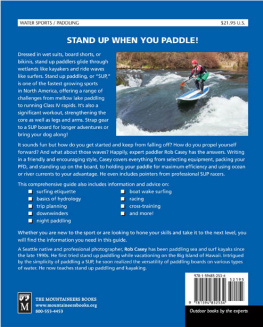

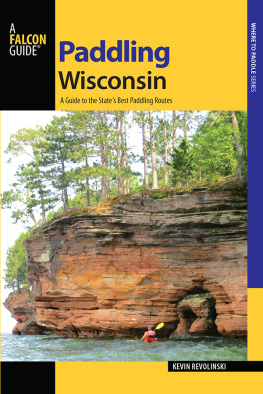
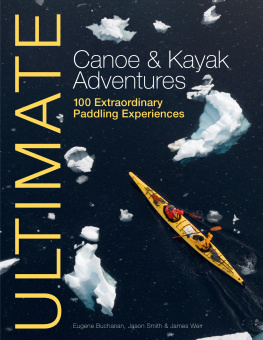
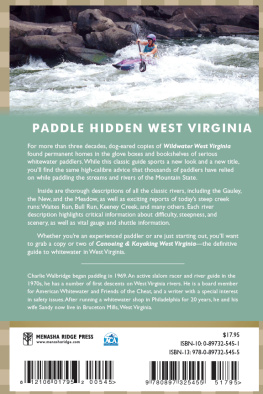
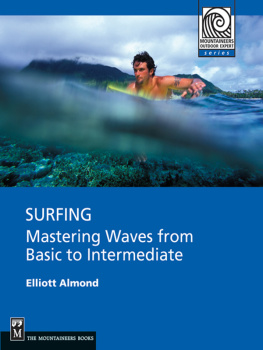
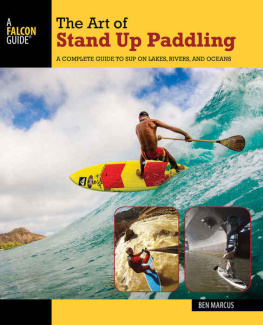
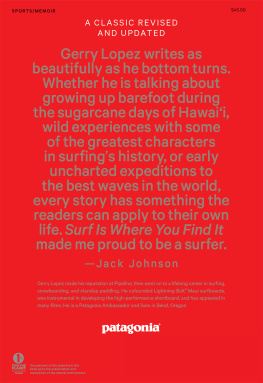



 Printed on recycled paper
Printed on recycled paper